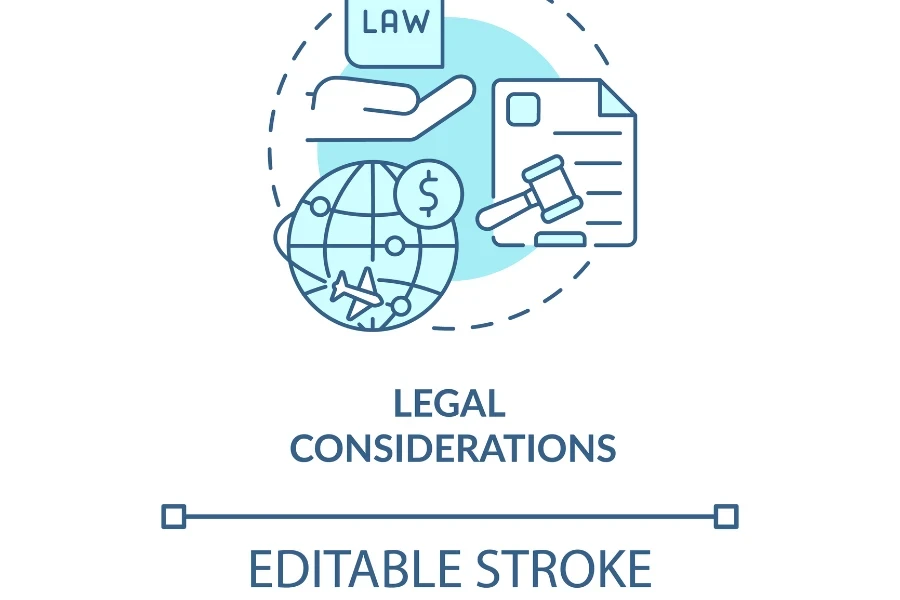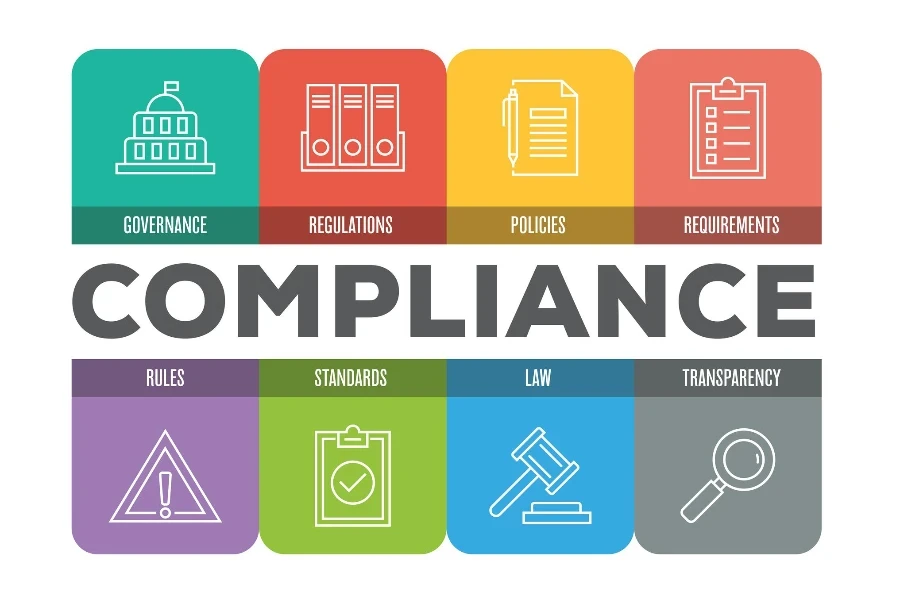In the intricate dance of global commerce, understanding export/import regulations is akin to learning the steps of a complex choreography. These regulations, designed to control the flow of goods across borders, can often seem daunting. However, with the right knowledge and tools, businesses can navigate these waters smoothly, ensuring compliance while optimizing their operations. This article breaks down the key components of export/import regulations, offering clear, actionable advice for businesses looking to thrive in the international market.
Table of Contents:
– Understanding export/import regulations
– The role of customs and duties
– Compliance and documentation essentials
– Navigating trade agreements
– Technology’s role in simplifying compliance
Understanding export/import regulations

Export/import regulations are the backbone of international trade, ensuring goods move safely and legally across borders. These rules vary significantly from country to country and are subject to change, making it crucial for businesses to stay informed. At their core, these regulations are designed to protect national interests, including economic stability, public health, and security.
The first step in mastering export/import regulations is identifying the relevant authorities in your home country and the destination country. These bodies are responsible for setting the rules and can provide invaluable resources and guidance. Understanding the basics of these regulations can help businesses avoid costly mistakes and delays.
Beyond national regulations, international bodies such as the World Trade Organization (WTO) play a critical role in shaping trade norms and practices. Familiarity with these broader regulatory frameworks can provide businesses with a competitive edge, enabling them to navigate the global marketplace more effectively.
The role of customs and duties

Customs and duties are pivotal elements of export/import regulations, acting as the gatekeepers of international trade. Customs authorities enforce the rules governing the import and export of goods, while duties are the taxes imposed on these transactions. Together, they influence the cost and feasibility of shipping goods across borders.
Understanding the customs process is essential for businesses. This includes knowing how to classify goods correctly, calculate duties, and ensure all necessary paperwork is in order. Mistakes in any of these areas can lead to delays, fines, or even the confiscation of goods.
Duty rates can vary widely depending on the product and destination country, and they can significantly affect pricing strategies. Businesses must be adept at navigating these complexities to maintain profitability while ensuring compliance with all applicable regulations.
Compliance and documentation essentials

Compliance with export/import regulations hinges on thorough and accurate documentation. This paperwork serves as the foundation of international trade, providing customs authorities with the information needed to process shipments. Key documents include commercial invoices, packing lists, export licenses, and certificates of origin.
Each document plays a specific role in the customs process, and missing or incorrect paperwork can derail shipments. For example, the commercial invoice details the transaction between buyer and seller, while the certificate of origin verifies the product’s country of origin, which can affect duty rates.
Staying abreast of documentation requirements is a continuous challenge, as regulations and standards evolve. Businesses must invest in training and resources to ensure their teams are equipped to manage these demands effectively.
Navigating trade agreements

Trade agreements are powerful tools that can simplify export/import processes and reduce costs. These agreements, negotiated between countries, establish the rules of trade, including tariff reductions and customs procedures. Leveraging these agreements can provide businesses with significant competitive advantages.
Understanding the intricacies of trade agreements requires diligent research and analysis. Businesses must identify which agreements apply to their operations and understand the specific provisions that can benefit them. This might include preferential duty rates or simplified customs procedures.
Engaging with trade associations and leveraging government resources can help businesses navigate this complex landscape. These organizations offer valuable insights and support, helping businesses maximize the benefits of trade agreements.
Technology’s role in simplifying compliance

In today’s digital age, technology plays a crucial role in managing export/import regulations. From automated compliance checks to electronic document management systems, technological solutions can streamline processes and reduce the risk of errors.
Investing in technology can help businesses stay ahead of regulatory changes, ensuring they remain compliant. Tools like customs management software can automate routine tasks, freeing up resources to focus on strategic aspects of international trade.
Moreover, technology facilitates data analysis, enabling businesses to identify trends and optimize their operations. By leveraging these tools, companies can not only ensure compliance but also gain insights that drive growth and competitiveness.
Conclusion:
Navigating export/import regulations is a complex but manageable task. By understanding the fundamentals of these regulations, staying informed about customs and duties, ensuring compliance with documentation requirements, leveraging trade agreements, and embracing technology, businesses can successfully participate in the global marketplace. The journey through the maze of export/import regulations is challenging, but with the right knowledge and tools, it can also be rewarding.



